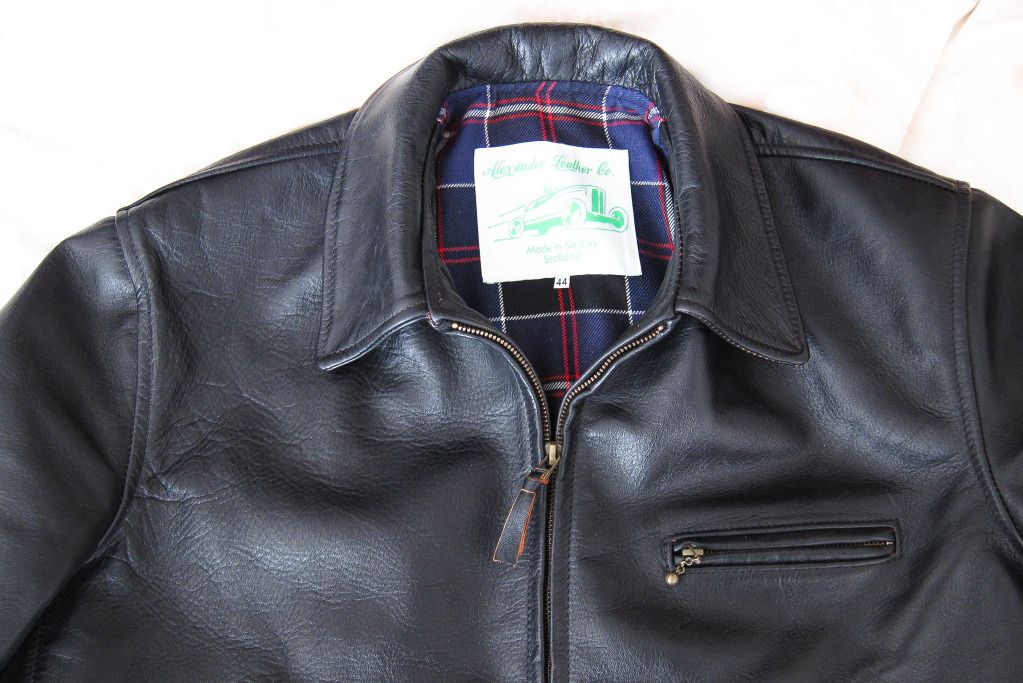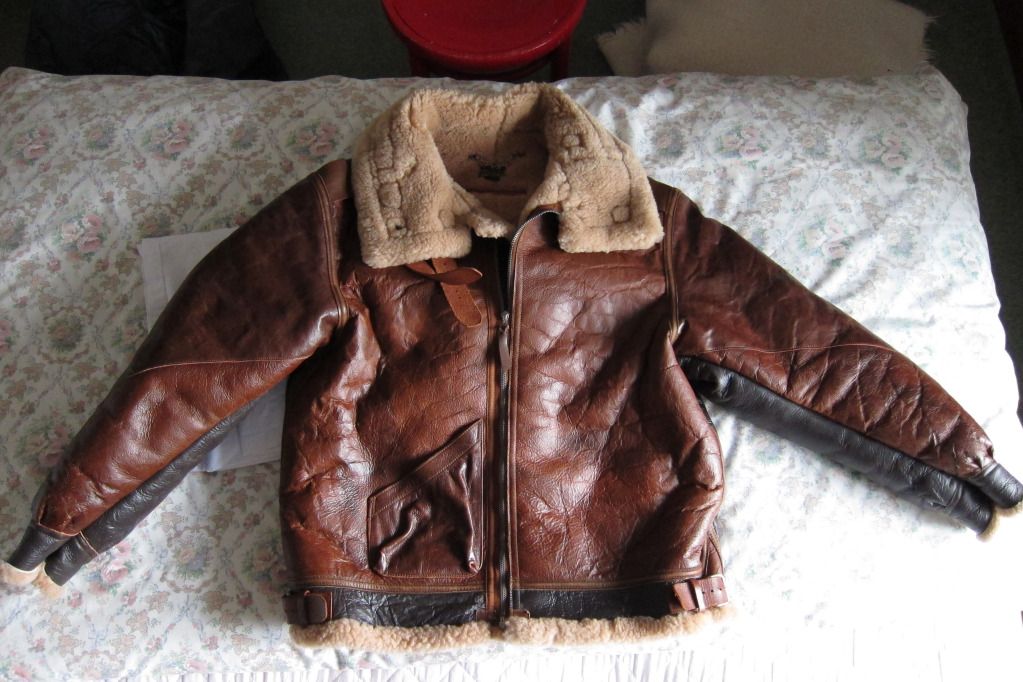Superfluous
My Mail is Forwarded Here
- Messages
- 3,995
- Location
- Missing in action
Andy of BK wrote the following to me last week:
“Victory horse leather is full grain (i.e. first quality) while Shinki is top grain (second quality) so by definition only Victory horse is better as it belongs to higher category and sold for higher price.”
I have read articles suggesting that “full grain” leather is different from, and superior/preferable to, “top grain” leather. On the other hand, several of the jacket manufacturers most respected by the members of this forum use Shinki leather and/or “top grain” leather. Himel expressly states that his Shinki jackets are “top grain” – I could not find any indication whether the Shinki leather used by Goodwear, Freewheeler, Real McCoys or Rainbow Country is “top” or “full” grain.
Then, I found the following industry definition: http://www.leatherusa.org/i4a/pages/index.cfm?pageid=3286
“Full Grain leather is defined by Leather Industries of America (LIA) and the American leather manufacturing industry that it represents as: ‘The grain split of a hide from which nothing has been removed except the hair and associated epidermis.’ . . . The above definition is consistent with the official definition promulgated by the International Council of Tanners (ICT), the International Union of Leather Technologists and Chemists Societies (IULTCS), and the International Organization for Standardization (ISO) which is as follows: ‘Leather bearing the original grain surface as exposed by removal of the epidermis and with none of the surface removed by buffing, snuffing or splitting.’ Top Grain leather is the same as full grain leather.” (Emphasis added).
The foregoing industry definition that “top grain leather is the same as full grain leather” is different than many other articles I have read, which distinguish “full grain” from “top grain.” Perhaps some leather/jacket manufacturers consider full and top grain the same and/or use the terms interchangeably (e.g., Shinki/Himel) – consistent with the industry definition – but other leather/jacket manufacturers consider the grains to be different (e.g., BK).
1. Is there a genuine difference between “full” and “top” grain?
2. Are certain leather/jacket manufacturers using the terms interchangeably, such that the leather they describe as “top” grain is actually/also “full” grain?
3. Do we, as jacket consumers, care whether our leather is “full” grain or “top” grain?
JC: Your comments regarding veg v. chrome tanning were incredible insightful and educational. I hope you will share your wisdom on this topic.
“Victory horse leather is full grain (i.e. first quality) while Shinki is top grain (second quality) so by definition only Victory horse is better as it belongs to higher category and sold for higher price.”
I have read articles suggesting that “full grain” leather is different from, and superior/preferable to, “top grain” leather. On the other hand, several of the jacket manufacturers most respected by the members of this forum use Shinki leather and/or “top grain” leather. Himel expressly states that his Shinki jackets are “top grain” – I could not find any indication whether the Shinki leather used by Goodwear, Freewheeler, Real McCoys or Rainbow Country is “top” or “full” grain.
Then, I found the following industry definition: http://www.leatherusa.org/i4a/pages/index.cfm?pageid=3286
“Full Grain leather is defined by Leather Industries of America (LIA) and the American leather manufacturing industry that it represents as: ‘The grain split of a hide from which nothing has been removed except the hair and associated epidermis.’ . . . The above definition is consistent with the official definition promulgated by the International Council of Tanners (ICT), the International Union of Leather Technologists and Chemists Societies (IULTCS), and the International Organization for Standardization (ISO) which is as follows: ‘Leather bearing the original grain surface as exposed by removal of the epidermis and with none of the surface removed by buffing, snuffing or splitting.’ Top Grain leather is the same as full grain leather.” (Emphasis added).
The foregoing industry definition that “top grain leather is the same as full grain leather” is different than many other articles I have read, which distinguish “full grain” from “top grain.” Perhaps some leather/jacket manufacturers consider full and top grain the same and/or use the terms interchangeably (e.g., Shinki/Himel) – consistent with the industry definition – but other leather/jacket manufacturers consider the grains to be different (e.g., BK).
1. Is there a genuine difference between “full” and “top” grain?
2. Are certain leather/jacket manufacturers using the terms interchangeably, such that the leather they describe as “top” grain is actually/also “full” grain?
3. Do we, as jacket consumers, care whether our leather is “full” grain or “top” grain?
JC: Your comments regarding veg v. chrome tanning were incredible insightful and educational. I hope you will share your wisdom on this topic.








